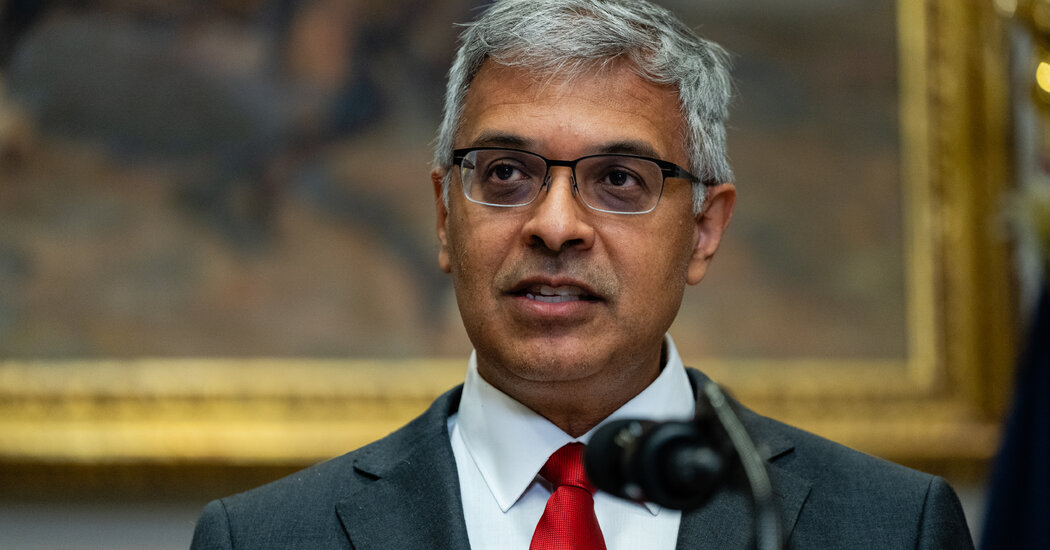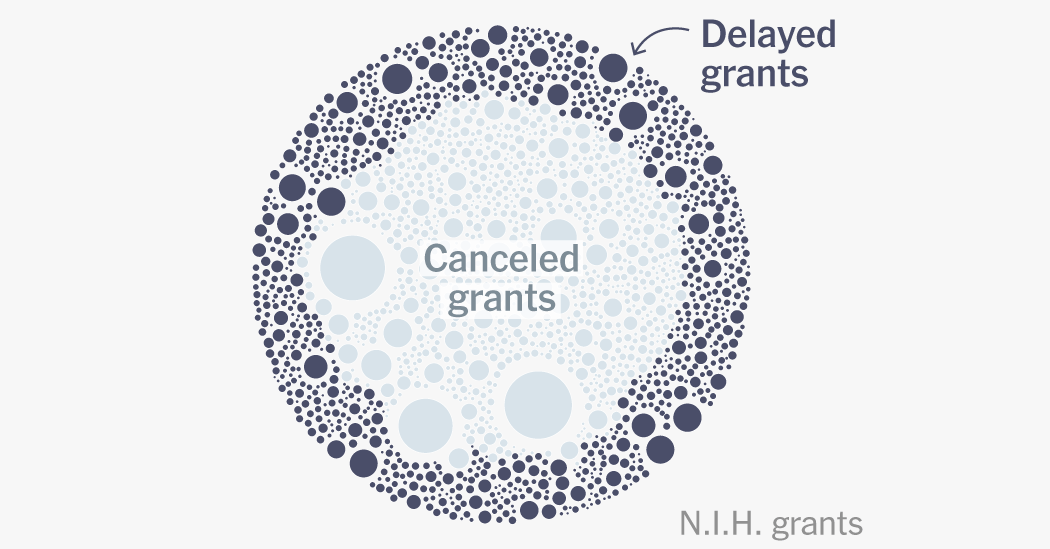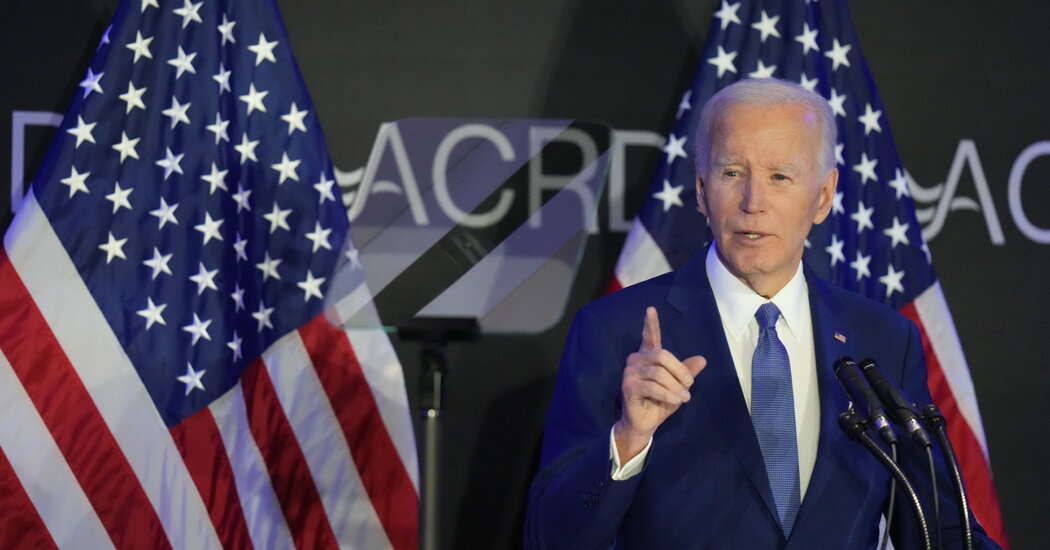Consciousness may be a mystery, but that doesn’t mean that neuroscientists don’t have any explanations for it. Far from it.
“In the field of consciousness, there are already so many theories that we don’t need more theories,” said Oscar Ferrante, a neuroscientist at the University of Birmingham.
If you’re looking for a theory to explain how our brains give rise to subjective, inner experiences, you can check out Adaptive Resonance Theory. Or consider Dynamic Core Theory. Don’t forget First Order Representational Theory, not to mention semantic pointer competition theory. The list goes on: A 2021 survey identified 29 different theories of consciousness.
Dr. Ferrante belongs to a group of scientists who want to lower that number, perhaps even down to just one. But they face a steep challenge, thanks to how scientists often study consciousness: Devise a theory, run experiments to build evidence for it, and argue that it’s better than the others.
“We are not incentivized to kill our own ideas,” said Lucia Melloni, a neuroscientist at the Max Planck Institute for Empirical Aesthetics in Frankfurt, Germany.
Seven years ago, Dr. Melloni and 41 other scientists embarked on a major study on consciousness that she hoped would break this pattern. Their plan was to bring together two rival groups to design an experiment to see how well both theories did at predicting what happens in our brains during a conscious experience.
The team, called the Cogitate Consortium, published its results on Wednesday in the journal Nature. But along the way, the study became subject to the same sharp-elbowed conflicts they had hoped to avoid.
Dr. Melloni and a group of like-minded scientists began drawing up plans for their study in 2018. They wanted to try an approach known as adversarial collaboration, in which scientists with opposing theories join forces with neutral researchers. The team chose two theories to test.
One, called Global Neuronal Workspace Theory, was developed in the early 2000s by Stanislas Dehaene, a cognitive neuroscientist with the Collège de France in Paris, and his colleagues. Their theory maintains that we consciously experience the world when key regions in the front of the brain broadcast sensory information across the entire brain.
The other theory, developed by Giulio Tononi of the University of Wisconsin and his colleagues, goes by the name Integrated Information Theory. Instead of assigning consciousness to particular parts of the brain doing particular things, this theory begins with the basic features of conscious experiences: They feel specific to ourselves, for example, and they are rich with details that form a coherent, complex and unified whole — like Marcel Proust’s experience of memories flooding back as he nibbled a madeleine.
The researchers then asked what sort of physical network — a brain or otherwise — could produce that experience. They concluded that it must entail processing a lot of information in numerous different compartments, which then pass the information along to other compartments, creating an integrated experience.
The Cogitate Consortium mapped out an experiment that could put both theories to the test. The champions of the two theories endorsed it.
“It felt particularly nice, because it was the first time that these people were trying to resolve their disagreements instead of just doing this parallel play,” Dr. Melloni said.
But she and her colleagues knew that the adversarial collaboration would be a huge undertaking. They recruited a number of young researchers, including Dr. Ferrante, and then spent two years designing the experiment and putting their lab equipment through test runs. Starting in late 2020, they started scanning the brains of 267 volunteers, working in eight labs in the United States, Europe and China.
The researchers had the volunteers play video games designed to measure their conscious awareness of seeing things. In one such game, participants caught colored disks as they streaked by. Sometimes a blurry face would also drift across the screen, and the volunteers pressed a button to indicate that they noticed.
For maximum understanding, the researchers used three different tools to measure the volunteers’ brain activity.
Some volunteers, who were undergoing surgery for epilepsy, agreed to have electrodes temporarily inserted into their brains. A second group had their brains scanned by fMRI machines, which measured the flow of blood in their brains. The researchers studied a third group with magnetoencephalography, which records a brain’s magnetic fields.
By 2022, the researchers had moved on to analyzing their data. All three techniques delivered the same overall results. Both theories made some accurate predictions about what was happening in the brain as subjects consciously experienced pictures. But they also made predictions that proved wrong.
“Both theories are incomplete,” Dr. Ferrante said.
In June 2023, Dr. Melloni unveiled the results at a conference in New York. And Cogitate Consortium posted the results online and submitted them to Nature, hoping the journal would publish its paper.
Hakwan Lau, a neuroscientist at Sungkyunkwan University who was asked to serve as one of the reviewers, delivered a negative judgment. He felt that the Cogitate Consortium had not carefully laid out exactly where in the brain it would test each theory’s predictions.
“It is difficult to make a convincing case that the project really tests the theories in a meaningful way,” Dr. Lau wrote in his July review.
Dr. Lau, who has pioneered a consciousness theory of his own, posted his assessment online that August. Then he helped write an open letter criticizing both the Cogitate experiment and Integrated Information Theory. A total of 124 experts signed it.
The group, which called itself “IIT-Concerned,” directed much of its criticism at Integrated Information Theory. They called it pseudoscience, citing withering attacks that scientists have made on the theory in recent years.
These critics noted that Integrated Information Theory is much more than just a theory about how our brains work: If any system that can integrate information has consciousness, then plants might even be conscious, at least a little.
The Cogitate Consortium experiment did not live up to its claims, the critics argued, because it did not test the fundamental aspects of the theory. “As researchers, we have a duty to protect the public from scientific misinformation,” Dr. Lau and his colleagues wrote.
Their letter, posted online in September 2023, led to a storm of debate on social media. The authors wrote a commentary to explain their objections in more detail; it appeared last month in the journal Nature Neuroscience.
Dr. Tononi and his colleagues responded in the journal with a retort. The IIT-Concerned letter “had much fervor and little fact,” they wrote, and the new commentary “attempts damage control by adding some polish and a philosophy-of-science veneer.”
In the meantime, the Cogitate Consortium paper was still working its way through peer review. When it finally came out on Wednesday, it continued to draw divided opinions.
Anil Seth, a neuroscientist at the University of Sussex, was impressed by the scale of the study and its discovery of shortcomings in each theory. “I’m delighted to see it,” he said. “It’s a tremendous piece of work.”
But the ITT-Concerned critics stood by their original opinion. Joel Snyder, a psychologist at the University of Nevada, Las Vegas, maintained that the predictions each team made could have been generated from other theories as well — so the experiment was not a precise test of either of them.
“It’s going to generate confusion,” Dr. Snyder said.
In an email, Dr. Lau observed that the new study apparently hadn’t narrowed down the long list of consciousness theories. “From recent discussions, I don’t get the impression that these challenges have done anything to the theories,” he wrote.
But Dr. Seth still saw a value in pitting theories against each other, even if it doesn’t lead scientists to kill their own ideas. “The best we can hope for from a successful adversarial collaboration is that other people may change their minds,” he said.




